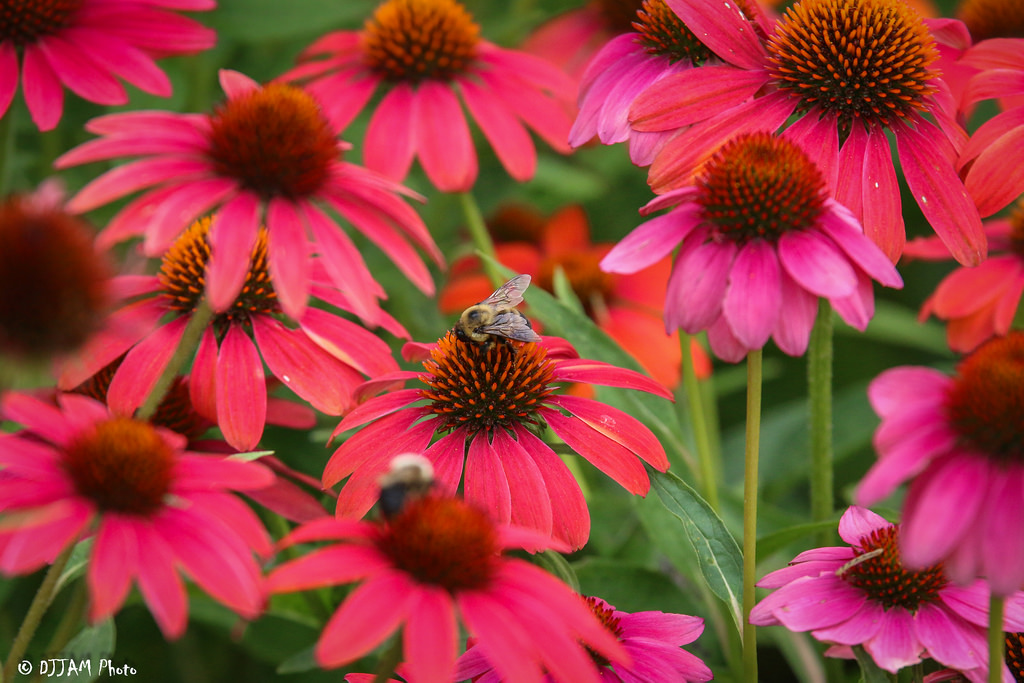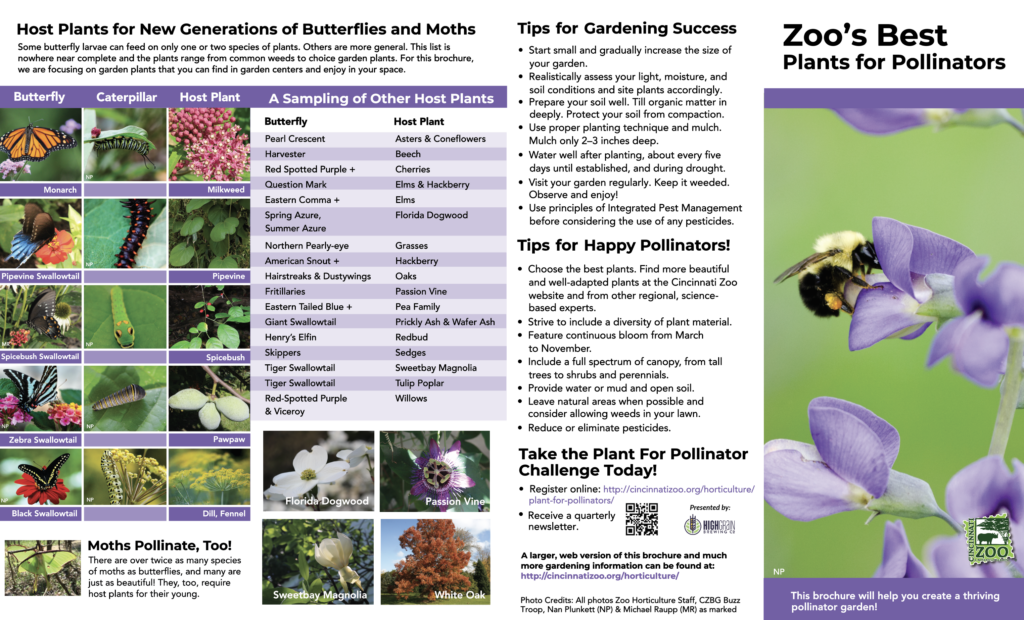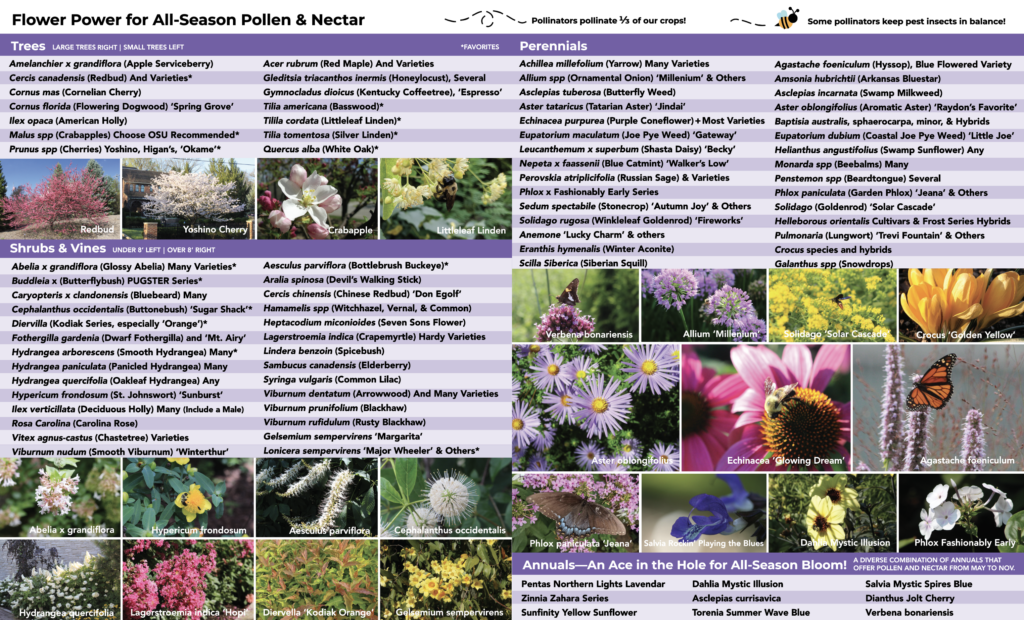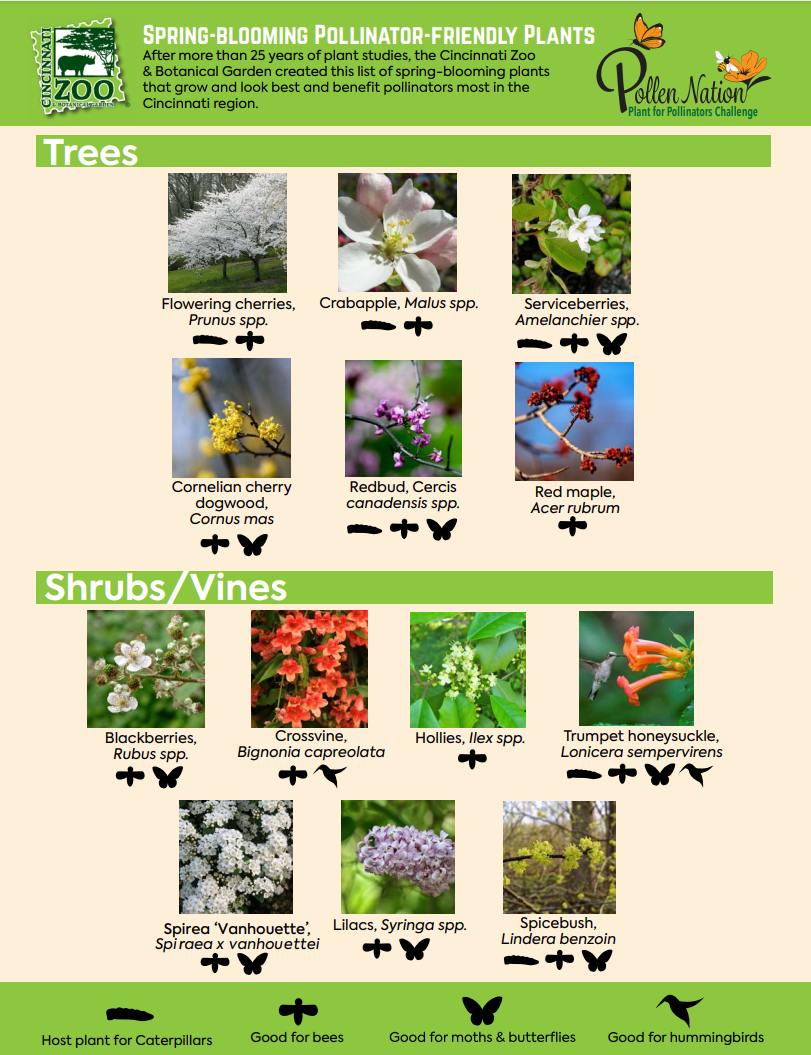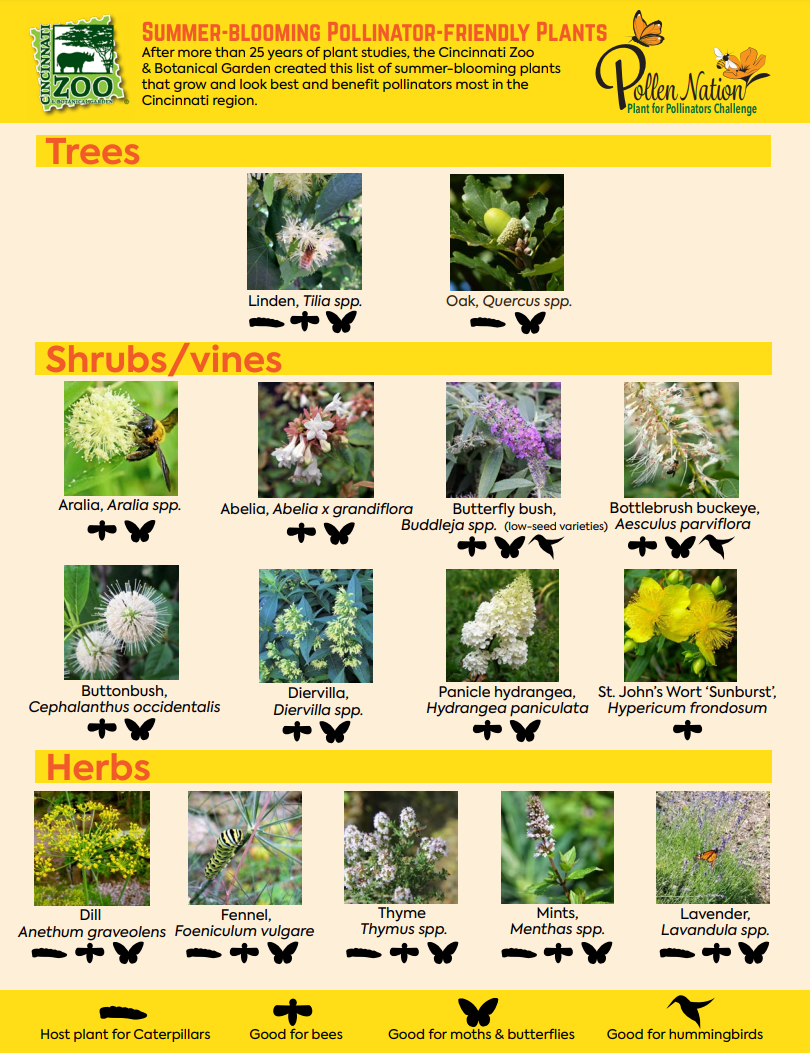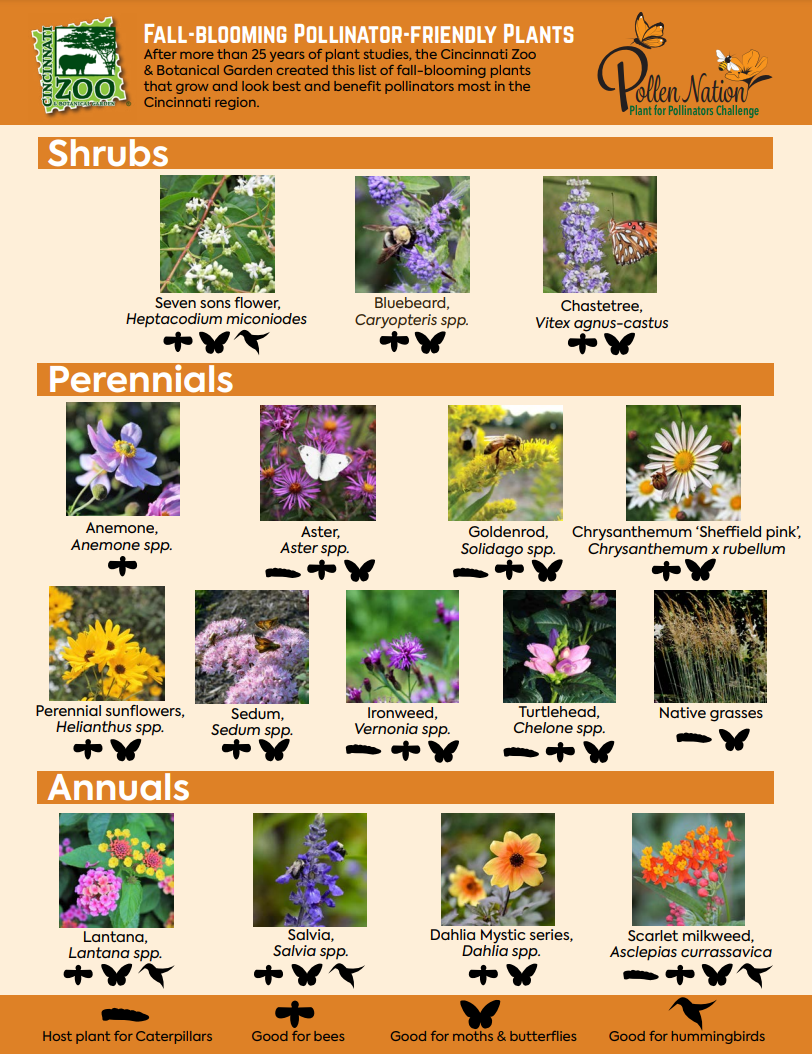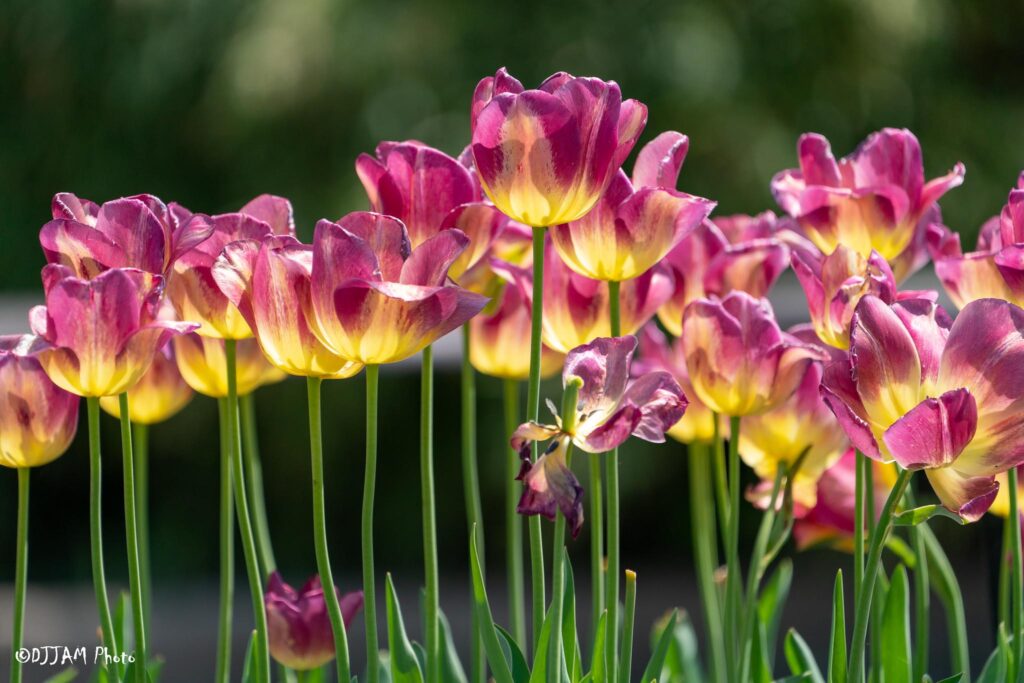Planting Recommendations from Our Experts
Our recommended plants are displayed and trialed on Zoo grounds and observed in public or private gardens throughout the region. Through years of careful observation, we are confident these plants will do well in urban and suburban Midwest conditions if properly sited, planted and maintained. Since 2002 we have been partnering with growers, nurseries, and garden centers to assemble the recommended plant lists for public and industry use. Please enjoy the following lists of plants we feel are the easiest, beautiful, most sustainable plants for our area.
Recommended Plants
Including plants in gardens to host insects is just as important as providing pollen and nectar. Without host plants in the landscape, butterflies and moths have nowhere to rear their young. Sometimes, a single plant species hosts a single insect species, as is the case with monarchs and milkweed. Other plants, however, can serve as host to multiple insect species, and vice versa.
These associations have evolved over millions of years, and almost always occur between native plants and butterflies. The increased use of land for farming and development and the spread of invasive exotic plants have diminished the diversity and populations of native plants. This has put a tremendous amount of pressure on pollinators. By including host plants in your garden, you will provide the means for generations of butterflies and moths.
Flowering perennials that return year after year are great plants for pollinators. The primary importance of perennials is to provide nectar and pollen, though some are also good host plants. Most perennials bloom for short periods of time so it’s a good idea to include perennials that bloom at different times during the season in your garden.
Annuals, which last one season, contribute continuous bloom from May to fall frost. They can be used in a variety of spaces, from small containers to sweeping landscape beds. The beautiful flourishes of their color and texture stir our collective creativity, and their ecological value is underestimated; many varieties supply abundant nectar to pollinators and seeds for songbirds. The following list of Zoo’s Best Annuals have been tested in our Botanical Garden for plant health, vigor, ornamental value, and value to pollinators and wildlife.
The Zoo’s Best annuals that consistently do well each year in our gardens are awarded Hall of Fame status. Photos showcasing our Hall of Fame and Zoo’s Best Annuals, along with corresponding plant lists, are provided below.

Zoo’s Best Hall of Fame Annuals
Zoo’s Best Annuals
2024 Zoo’s Best Annuals Photos
Woody plants are the true multi-taskers of the garden. They provide great habitat for pollinators, particularly for early foragers as they tend to bloom in early spring. Many trees and shrubs also host important butterfly and moth caterpillars.
Trees
Shrubs
Native Plants
Our Native Plant Program is the product of our long-standing interest in native flora. We are particularly focused on native plants that are valuable to horticulture. Our continuing collection of material, propagation work, and our conservation efforts with C.R.E.W, have given us many native plants to use and trial in our landscapes. Many of our gardens and exhibits, especially those associated with Eastern North American animal species, are composed entirely of native plants. The Night Hunters habitat garden is one such native garden, as is the nearby garden that surrounds the Passenger Pigeon Memorial. The woodland plantings of Wolf Woods feature many native trees, and a host of native woodland understory species below. Additionally, the Education Center rain garden is entirely native. While these gardens are exclusively native by design, native plants are liberally planted throughout the entire Zoo, often in exhibits mimicking plants of exotic lands.

Native Plant Sale Sponsor:
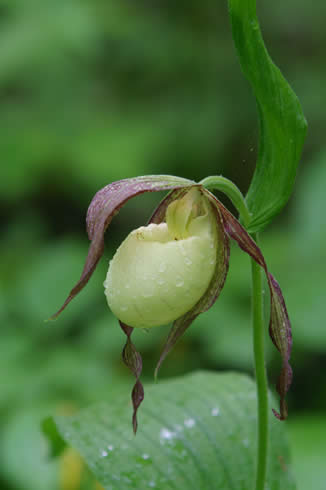
Tulip Display
What could be more glorious than a 100,000-bulb tulip display? Each year the Cincinnati Zoo & Botanical Garden celebrates the arrival of spring with just such a welcome. Zoo Blooms and our garden party/concerts at Tunes & Blooms are part of the spectacle.

